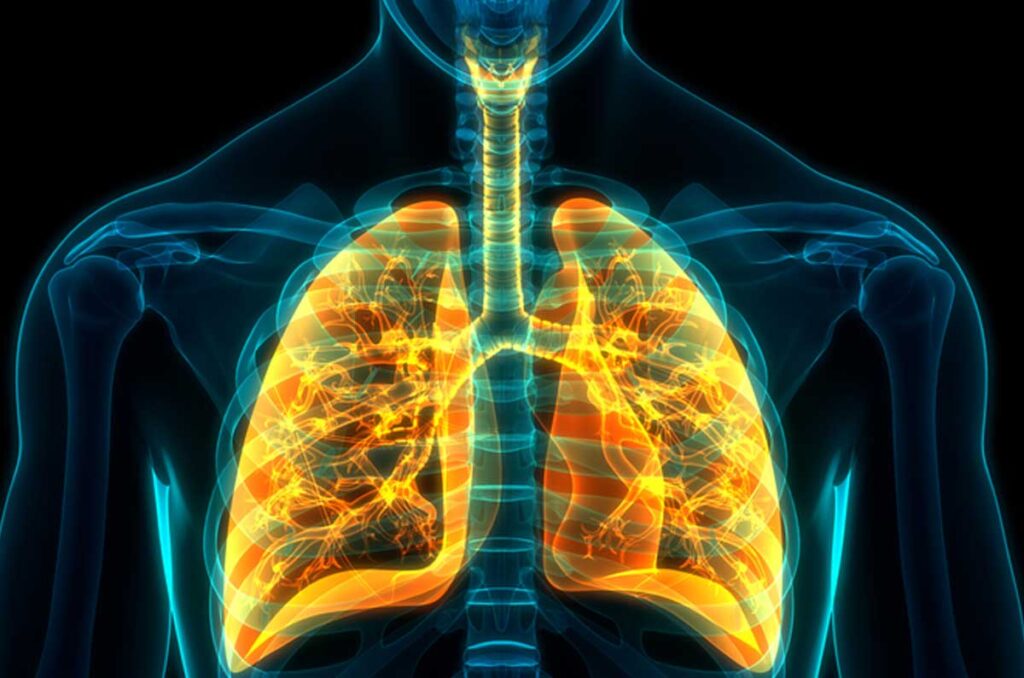Awareness of environmental health and air quality is increasing worldwide. Workplace dust in particular poses various health risks including respiratory problems and diseases for workers breathing dust over both short and long term. Classed as inhalable and respirable, depending on size and other physical particle characteristics, workplace dust affects the lungs in different ways. Inhalable dust is visible and can affect the upper respiratory system, although is mostly filtered out in the nose and throat. Respirable dust, which is mainly particles less than 4 µm in diameter, is invisible under normal lighting conditions and small enough to be inhaled deeply into the lungs which can lead to lung damage.
Dust is classed as a substance hazardous to health according to COSHH (Control of Substances Hazardous to Health) which regulates the control of these hazardous substances. Safe levels of concentrations of hazardous substances in the air, averaged over a specified period of time, are set by the HSE (Health and Safety Executive) and published in the latest version of EH40/2005 ‘Workplace exposure limits’. WELs are referred to as a time-weighted average (TWA), where long-term (8 hours) and short-term (15 minutes) are used and set for both inhalable dust and respirable dust. For carcinogenic type dusts, WELs are set at maximum permissible levels, however, employers must use further controls where possible to minimise worker exposure.
Major cancerous dusts of concern in occupational health and the work environment are Respirable Crystalline Silica (RCS), wood dust, welding fume and flour dust. Significant exposure to RCS can cause lung cancer and other serious respiratory diseases including silicosis and chronic obstructive pulmonary disease. Control of dust exposure is, therefore, vital to help protect workers’ health.
DustCanary wearables, comprising real-time monitors and samplers, play a key part in monitoring dust levels, including feedback on local exhaust and ventilation efficiency and providing alarms to workers to remove themselves from areas of increased dust levels or refit RPE. Convenient to wear on a daily basis being compact and lightweight (<150g), the wearables can therefore provide continuous protection. Insights and records of minimised exposure provide assurance that work practices are adequately controlling dust levels and help to protect the health of workers.
Find out how DustCanary wearables can help to protect workers’ health or Contact us for more information.

